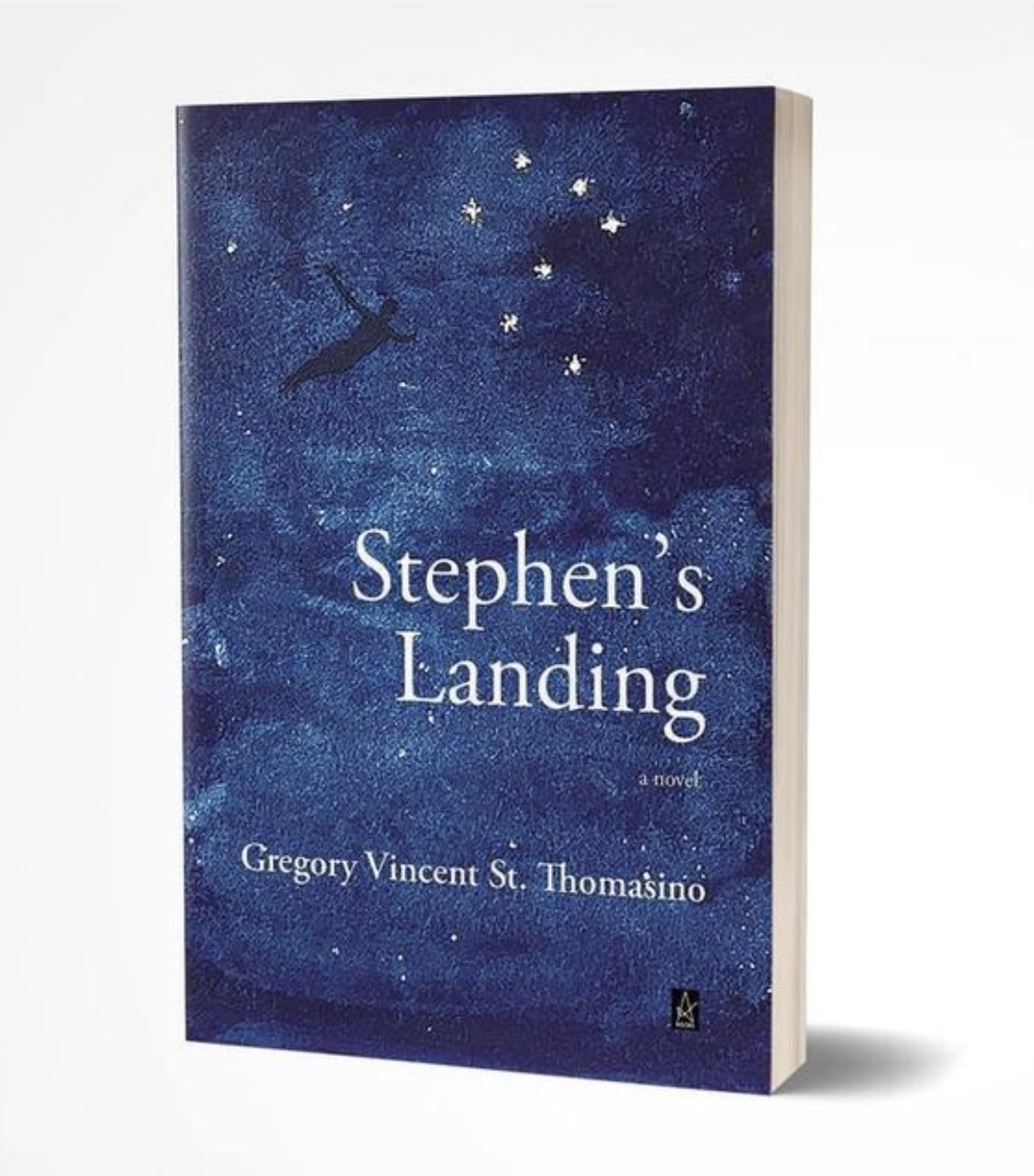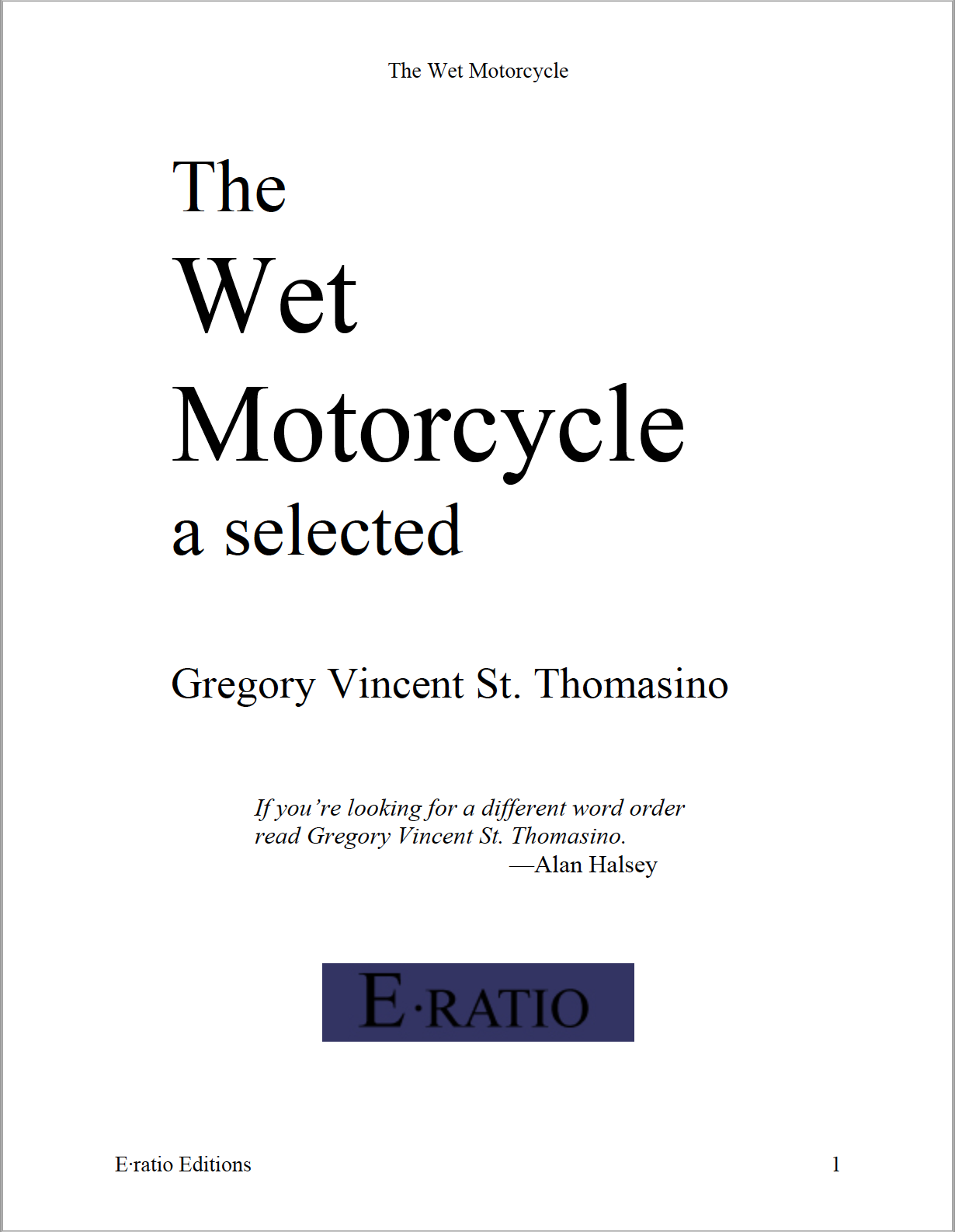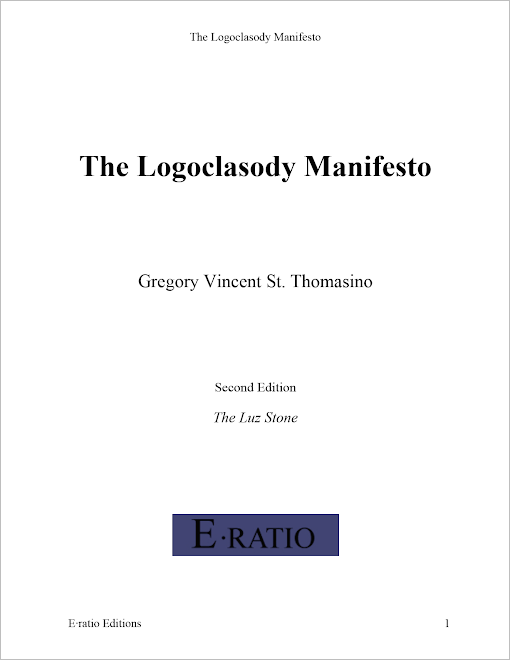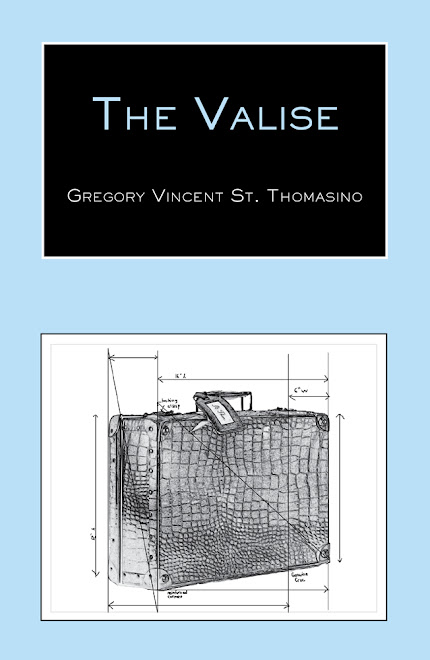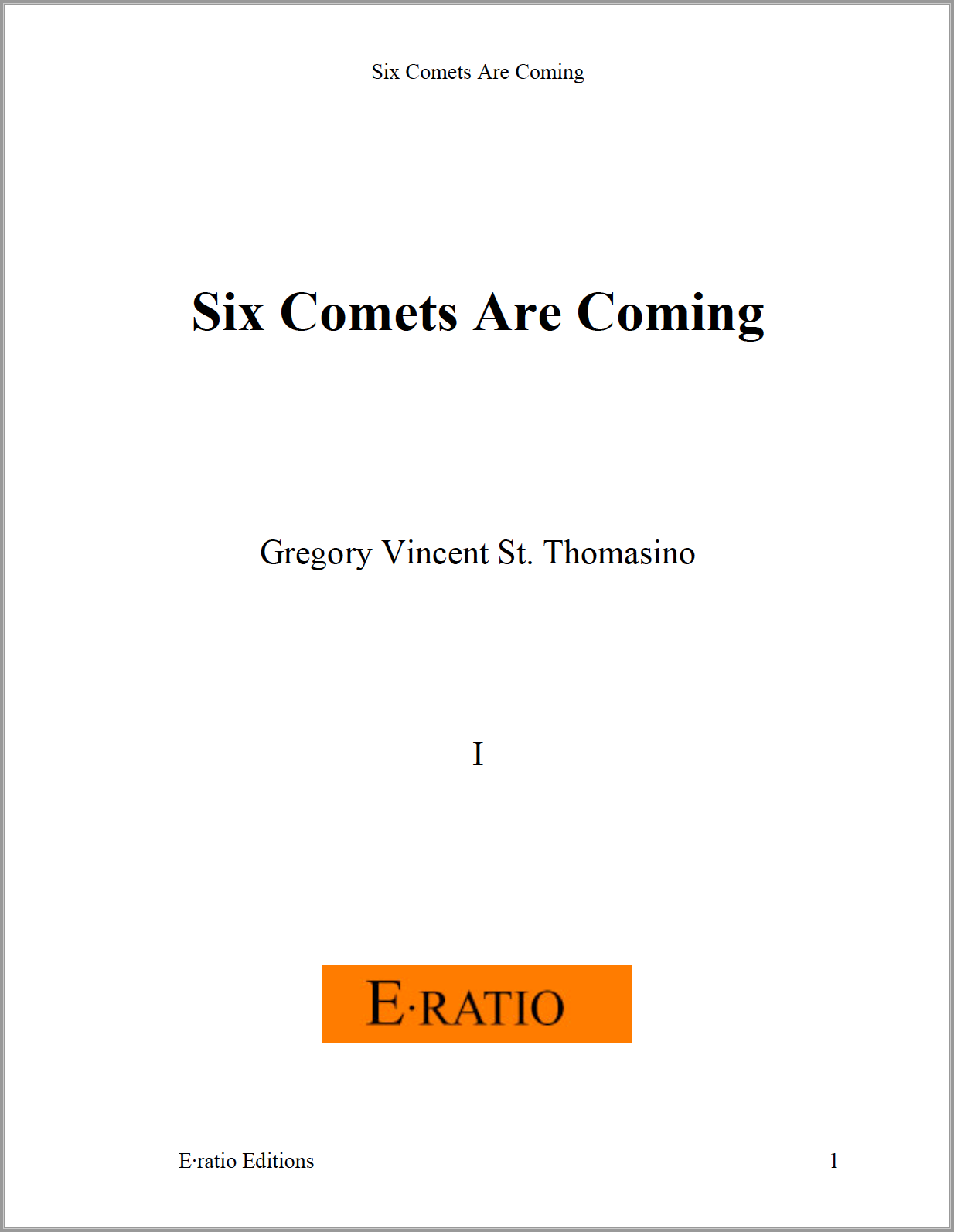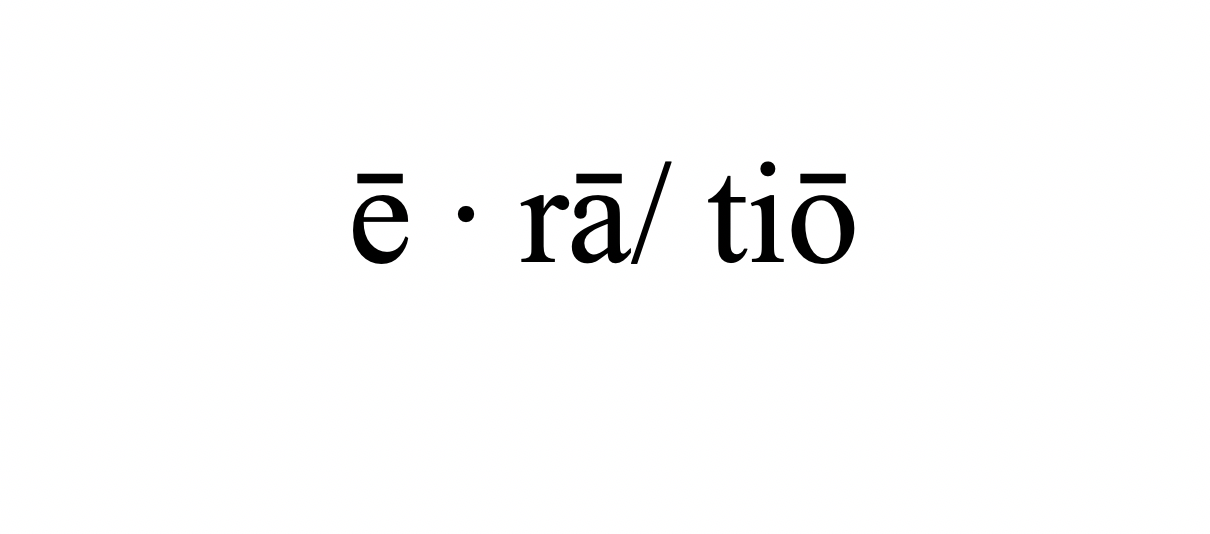During the nineties I did a little photocopy-and-staple "art-lit" 'zine called "Meat Epoch." I published poetry and essays and artwork and visual poetry and I wrote reviews of other 'zines and of journals and of chaps and Meat Epoch sort of became my access into the then still somewhat subterranean world of 'zines and the mirco-press. It is my pleasure to present here at the e·ratio blog-auxiliary an ongoing series of some choice pieces from Meat Epoch. No doubt there is much here you will recognize. —Should you wish to research the whole micro-press and small 'zine phenomenon you cannot do better than to begin at Luigi-Bob Drake's smashing periodical TapRoot Reviews, and you might also check out Factsheet 5. One thing that cannot be emphasized enough is that the works under review here are HIGHLY COLLECTABLE.
Review of the journal River City from Meat Epoch #22, 1997.
River City
V. 17, #1; Winter ’97, Edited by Paul Naylor, Dept. of English, University of Memphis, Memphis, TN 38152.
2/yr; 145pp; flat-spined; $7/copy, $12/sub.
RC is a quality academic journal with a focus on “contemporary culture.” Each issue features a special topic, here being “Engendering Culture.” One can “engender” culture in two ways; one being so as to produce it, to bring it about, and the other being so as to denote sexual difference. In English we denote sexual difference (or gender, we en-gender) generally by noun or name (Victor, Victoria) and pronoun (he, she) reference; and then in our culture at large as a matter of custom, or expectation, as in how we dress and act and present ourselves, and as in how we seem to inherit our roles and capacities in society. (Girls are made of sugar and spice and everything nice. Boys are made of snakes and snails and puppy-dog tails. That sort of thing. It’s everywhere. And it’s virtually inescapable.) However, both language, and culture at large, are open to creative transformation. Since the 1970’s—but certainly going back to important figures in modern literature and in philosophy, and in social movements—our culture has undergone some affirmative, if at times tentative, transformations. In fiction, poetry, art and essay, and in an interview with the philosopher Moira Gatens, this special topic is explored to engaging and compelling effect.
But is the idea of “engendering culture” all that new, and if so in what sense, what makes it “us”? An authoritative introduction, surprisingly missing, would have given us perspective, an overview, and special purpose and preparation. Generally speaking, can one not find instances in, say, Michelangelo’s David, or in Caravaggio, perhaps at least for his rejection of idealization? Lesley Dill’s images (her art in photograph by David Horan) from her exhibition A Mouthful of Words, seem to stress at once a de- and a re-mythologizing (a re-grammatology?) of sexual difference; what’s new is that here gender succumbs to manipulation, a manipulation by metaphor, resulting sometimes in a third sex. In one image the gender is effaced, so that this otherwise male body resembles the female body in a preceding image; the pubic regions of the two images are almost identical. I think this effacement is similar, if you will, to had Michelangelo placed a fig leaf on his David. Had he, it would not have been out of obedience to the Church, but out of humility; the fig leaf is thus a metaphorical device. But what if the fig leaf stood for a question mark? The “gender” of these images, and of the David, would be in endless deference. In the interview with Moira Gatens, the philosopher speaks about feminism and feminists and the formulation of gender in the academy and in philosophical discourse. Reference is made to the rationalist philosopher Baruch Spinoza in line with Dr. Gatens’ forthcoming book, Collective Imaginings: Spinoza and the Ethics of Difference. What Gatens has to say about Spinoza is both attractive and promising. The “special topic” section closes with a fine short story by Glen Helfand and Kevin Killian entitled “The Range of Freedom,” and then follows three short stories by the winners of the 1997 RC Writing Awards in Fiction.
There is also some fine poetry here, especially by Gwyn McVay; and a haunting poetical composition by Andrew Mossin entitled “The Epochal Body.” Each issue of RC features what they call a “Cross Section” segment. Here there are works unrelated to the special topic. In this issue, there are two; Keith Tuma on the poet Edward Kamau Brathwaite, and Mark Nowak in conversation with the poet Maurice Kenny. Both works (indeed, everything here) are just the sort of thing one wants to hold on to for future reference. The editors at RC have come across with an issue that is entirely free of condescension and bitterness. The readability of these works is remarkable. (Perhaps RC will consider including information on its contributors in future issues. Such fine works surely merit it.) Outstanding.
Review of John M. Bennett's Prime Sway from Meat Epoch #22, 1997.
Prime Sway (A transduction of Primero Sueño by Sor Juana Inés de la Cruz)
By John M. Bennett
1996; 74pp; Pa; Texture Press, 3760 Cedar Ridge Drive, Norman, OK 73072. $12.
We welcome the appearance of a long work by John M. Bennett. For while it may be that one day his great number of shorter, single pieces will come to be read as one sustained string of afflatus (an edition of Bennett’s collected poems, numbered, dated and indexed by title and first line, is sorely awaited), for the time being at least we must content ourselves with this rare long single poem.
A “transduction” is like a translation in the sense that it tries to capture and stick with the original’s spirit or phrenic energy, otherwise there is no attempt at all at a literal translation. At first blush it seems bizarre that Mr. Bennett would elect to do a transduction of a work by a Mexican RC nun who died in 1695, bizarre, that is, until we consider Sor Juana’s learning and literary productivity, one might even see in Sor Juana Inés de la Cruz a proto-feminist, given her difficulties in overcoming the hardships she faced as an intellectual woman with a gift for exposition. We also should note that Mr. Bennett is fluent in Spanish, and that he holds a Ph.D. and has been a professor of Latin American literature. So far as Sor Juana’s text Primero Sueño goes, we ought to say that it is a long poem, an analysis of sleep describing how man’s soul is dazzled at night by its vision of the universe. The poem is an attempt to comprehend the laws of the universe as they are entered into during the dreamscape.
The first stanza of Prime Sway is topnotch Bennett, gripping and welcoming, familiar and yet unfamiliar, and contains a narrative lunge that comes as something of a trap door released beneath our feet. This narrative lunge, we discover, continues for the poem’s entire 974 lines. The world we enter is typical Bennett, a cross between Aguirre, the Wrath of God and Alice Through the Looking Glass. Mr. Bennett chooses words as might a lead guitarist choose the notes for his solo, that is to say he is concerned with semantic factors as a matter of stress and sound, and the meaning thereof, rather than with any significance so far as literal denotation may be concerned. Of course, as a consequence of this, meaning is mostwise surrendered to effect. But then this being a postmodern work, a transduction and what’s more a John M. Bennett poem, meaning is not a cardinal consideration, or else, as in the dream sequence, it is a matter of associations, the one to the other and all to the reader’s perceptions. (Interesting, that in composing this work of surrealism, Mr. Bennett should rely on semantic factors of stress and sound locally, rather than on their reference to any part or thing diffusedly. This just might be a universal surrealist device or method. It might help to consider it as a foregrounding of the communicative value of the discourse.) And he never entirely leaves behind Sor Juana’s text, indeed the elements of her life, of her time and place, of her intellect and of her art, are always in company.
Throughout this dreamscape, this Daliesque pianoroll-like unfolding, we encounter passage after passage of stark lucidity where the poet’s technique ceases to be seen and we find ourselves, lose ourselves, in the changing series of plays of language, ideas and oft’times jolting iconic groundwork.
John M. Bennett’s poetic gestures seem primarily concerned to depict the human venture in its crosscurrents of symbol and soma. His command and verbal dexterity seem to flow from some unconscious place. And while his works are indeed quite difficult, they are also manytimes rewarding. With Prime Sway, Mr. Bennett takes a giant step toward creating his masterpiece.
Review of Jack Foley's Exiles from Meat Epoch #22, 1997.
Exiles.
By Jack Foley. 1996; 103pp; Pa; Pantograph Press, PO Box 9643, Berkeley, CA 94709. $9.95.
Exiles may well be the closest thing we’ve yet to a Whole Jack Foley Catalogue. In this generous and large format compilation of poetries and essays, of poetical and philosophical outlines culminating in the enchanting lay, Dove Sta Amore, what we have come to consider his most personal and by-now signature themes are here addressed and gain resounding expression: loving and mysticism, sexual desire, the panic of loss, the senses of “home” and the “homelessness” that is the writer’s solitude and station, estrangement, God, the current state of poetry.
But for all his erudition and command, and what seems an irresistible instinct to modulate to expository prose, Jack Foley is straight away the romantic; his world remains a sacred Thou. As open as his mind and eyes are to the ever increasing complexities of art, of artist, of culture and society, such is his heart, and for this reason he is a scrupulous and dependable barometer.
His form of choice, his “structuring device,” is the collage idiom as an assembling of groupings of contents, the one in relation to the other by way of the telling. It is by way of this “telling,” and his plurality of identities, that the deeper structures of his work are experienced. When read in light of the notion of “intertextuality” (where we must be capable of the same putting-into-process of our own identities, capable of identifying with the different sorts of texts, voices, and semantic, syntactic, and phonic systems at play in his composition), Foley can be understood to be a transition figure between the Beat and Bay Area traditions and postmodernism. The flipside to this “telling” is to experience Jack Foley in recital, which is to experience a national treasure.
Review of Mark Wallace's The Lawless Man from Meat Epoch #22, 1997.
The Lawless Man.
By Mark Wallace. 1996; 10pp; Pa; Upper Limit Music, 1743 Butler Avenue #2, Los Angeles, CA 90025. $?
Theme and variations in ten parts. Part one is rather Language-oriented in style and sets the iconic groundwork for what’s to follow, being tales, vignettes, variations on the theme of the timeless and time-traveling, wandering outlaw. Sometimes fabulistic and super-real, and sometimes anachronistic which lends an air of abstract eternity. Really gets going in parts nine and ten which have a sort of “story board” logic. Not at all too advanced in form, despite what we ought to expect from Mr. Wallace, but satisfying, nonetheless, and despite its unrelenting undertones of existential claustrophobia. This slight work, which doesn’t quite seem to know if it wants to be lyric poetry or prose (there is something of a story here, and it would have profited had it not been eclipsed by its lack of a decisive narrative style—it is no feat that parts nine and ten are its best), seems something of a throw-away.
Review of the journal The Minnesota Review from Meat Epoch #22, 1997.
The Minnesota Review
N.s. 47; May ’97. Edited by Jeffrey Williams, Dept. of English, East Carolina U., Greenville, NC 27858-4353.
2/yr; 256pp; flat-spined; $12/2 issues
MR is an academic journal with a Marxist perspective. This number’s series is entitled “The White Issue” and collects essays in a critical analysis of “whiteness” as the “racially dominant culture.” “The premise, in short, is that attending to and undoing the social construction of whiteness is meaningful work for imagining material equality.” The contributors are for the most part affiliated with a university or are doing post-graduate work. There is fiction and poetry, some photography, all selected on theme.
The essays are excellent, if unforgiving, and are, as one might expect, advanced in their politics and methodologies; but this stands in stark contrast to the art, which is not at all “advanced” in form or technique, but only in its subject matter, as with Jay Ruben Dayrit’s short story, “Go-Go Boy,” about a gay, “Miss Saigon in a Bruce Lee body,” stripper. It’s questionable just how advanced, or progressive, such a story really is, for while its appearence may be a sign of demarginalization, its narrative presents not a celebration of gay culture, but just the gloomy miss lonelyhearts pining that has contributed so to the male homosexual stereotype. Even as social realism, does it not fail for its narcissistic autoerotism? Just what is its inclusion here meant to indicate, the liberalism of the editors, or an irresolute aesthetics? Only Warren Lehrer’s poem, “Everything’s White,” and then only for its typography which is reminiscent of Mayakovski (a white man), is in any sense advanced; and then take away its typography and what is left, a shriek? Is there a gay, or lesbian, aesthetics (an advance in form and technique), is there a “non-white” aesthetics (again, I mean an advance in form or technique), or is Marxist aesthetics just a contradiction in terms?
Monday, July 17, 2006
Subscribe to:
Posts (Atom)

